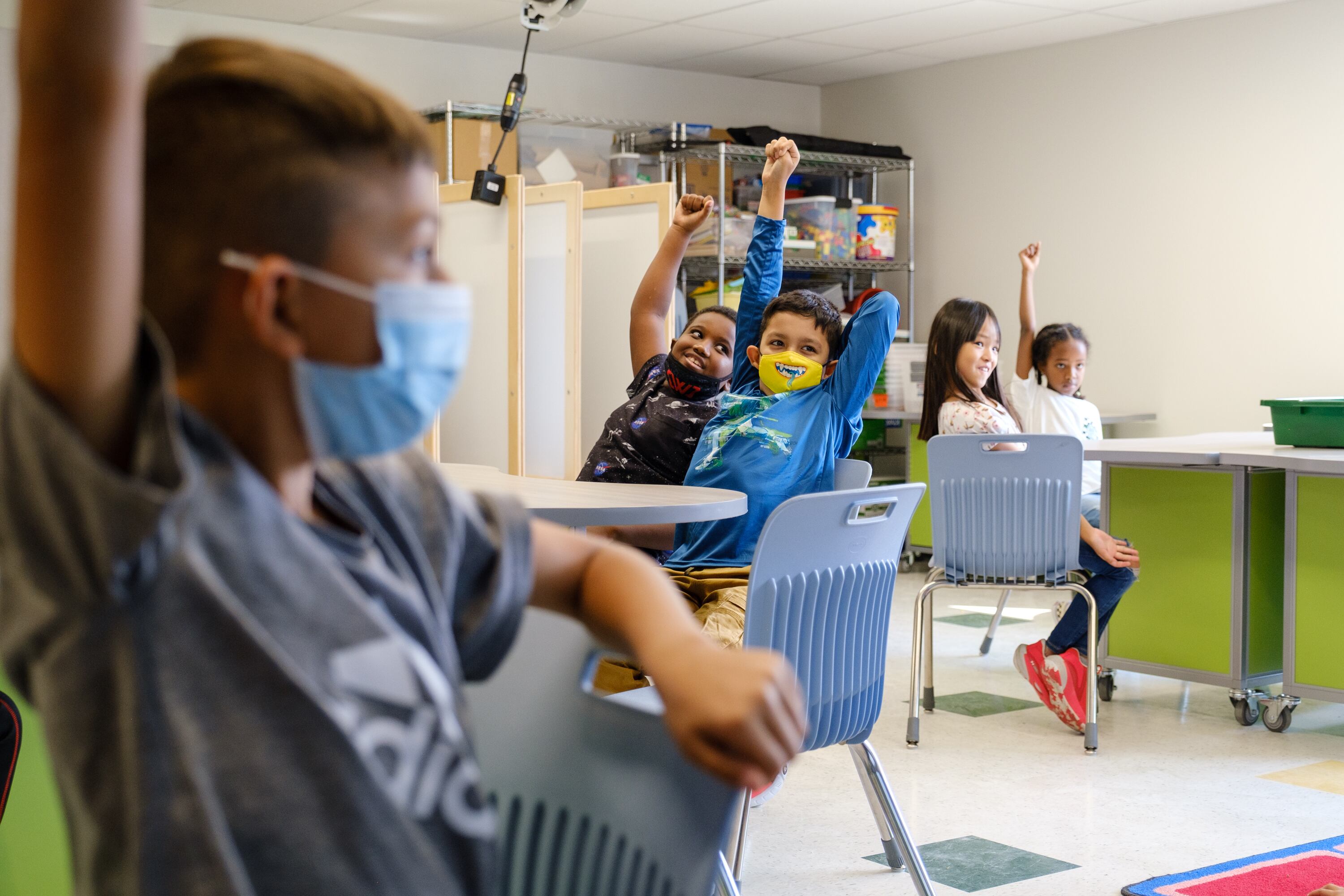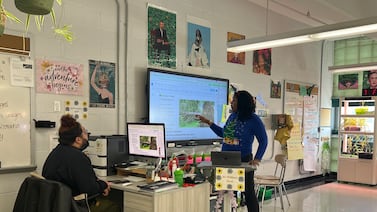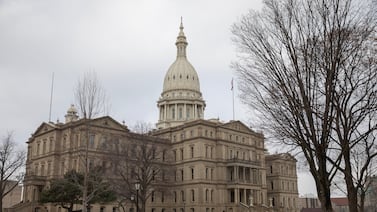Slightly more children enrolled in Colorado public schools this school year than last year, but enrollment still remains far below pre-pandemic levels.
Colorado schools counted 886,517 students, an increase of 3,318 students or just 0.4% over last school year, according to annual data released Wednesday by the Colorado Department of Education.
Before the pandemic caused school closures and other disruptions, Colorado public school enrollment had been growing slowly and was at more than 913,000 in the fall of 2019. Current enrollment is about 2.9% below that level.
When schools shut down, many students stopped engaging and school districts struggled to find them. Districts are spending considerable time and effort on tracking down students who stopped coming to school.
Despite that work, fewer than 600 schools in the state increased enrollment this school year from their fall 2019 totals. More than twice as many schools remain below those levels.
Some of the decline is related to long-term demographic trends, and some is related to families making different educational choices.
“The big question is how sticky the pandemic changes will be,” Van Schoales, senior policy director at Keystone Policy Center, said.
Last school year, some of the largest enrollment decreases were in the lowest grades, but this year preschool and kindergarten grew the most over the previous year.
Also last school year, some students left local schools to home school. That trend reversed this school year, with the number of students home-schooling now at 10,502, down from 15,773 last year, but still much higher than 7,880 in 2019.
Together, online programs recorded a slight decrease in enrollment this year compared with last. A Chalkbeat analysis comparing this year’s enrollment with 2019-20 shows that many of the schools with the highest gains are online schools.
Racial and ethnic breakdowns show that the number of white and Black students dropped for a second year while the number of Hispanic students in public schools grew some. The number of white students had already been dropping before the pandemic, but the number of Black and Hispanic students in the state previously had been growing.
In raw numbers, enrollment grew the most among Hispanic students — a gain of 4,357 students — partially recovering from the second-highest drop in students last school year when there was a loss of 8,114 students.
This year’s gains, as a percentage of their total, were not the largest. Students who identify as two or more races, and native Hawaiian or Pacific Islander students posted the largest percentage gains.
In numbers, the biggest decline came among white students, with 3,106 fewer than a year earlier. By percentage, Native American students had the biggest decreases in both this school year and the previous one.
Enrollment had been declining in most metro area school districts even before the pandemic. The Sheridan, Littleton and Jeffco school districts posted the largest percentage drops in the number of students among metro area districts. Other districts with large drops in enrollment included Cheyenne Mountain 12 in Colorado Springs and the Las Animas district in southern Colorado.
The districts with the largest increases in enrollment included the Harrison school district in El Paso County and the 27J district based in Brighton.
Look up enrollment changes at your school or district in the table below:
Bureau Chief Erica Meltzer contributed to this report.






